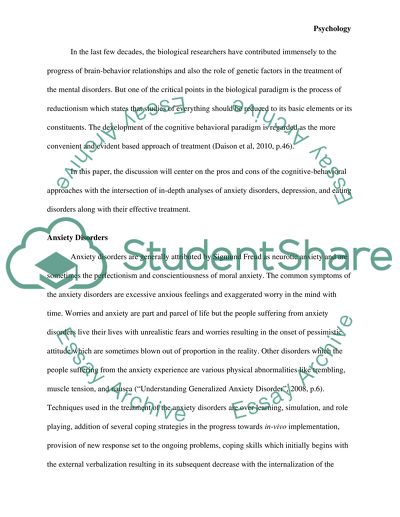Cite this document
(“Comparison and Contrast of the Biological and Cognitive Approaches to Essay”, n.d.)
Comparison and Contrast of the Biological and Cognitive Approaches to Essay. Retrieved from https://studentshare.org/psychology/1452656-compare-and-contrast-the-biological-and-cognitive
Comparison and Contrast of the Biological and Cognitive Approaches to Essay. Retrieved from https://studentshare.org/psychology/1452656-compare-and-contrast-the-biological-and-cognitive
(Comparison and Contrast of the Biological and Cognitive Approaches to Essay)
Comparison and Contrast of the Biological and Cognitive Approaches to Essay. https://studentshare.org/psychology/1452656-compare-and-contrast-the-biological-and-cognitive.
Comparison and Contrast of the Biological and Cognitive Approaches to Essay. https://studentshare.org/psychology/1452656-compare-and-contrast-the-biological-and-cognitive.
“Comparison and Contrast of the Biological and Cognitive Approaches to Essay”, n.d. https://studentshare.org/psychology/1452656-compare-and-contrast-the-biological-and-cognitive.


